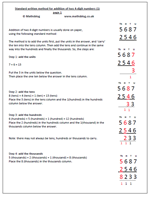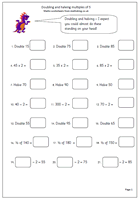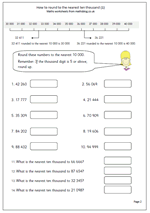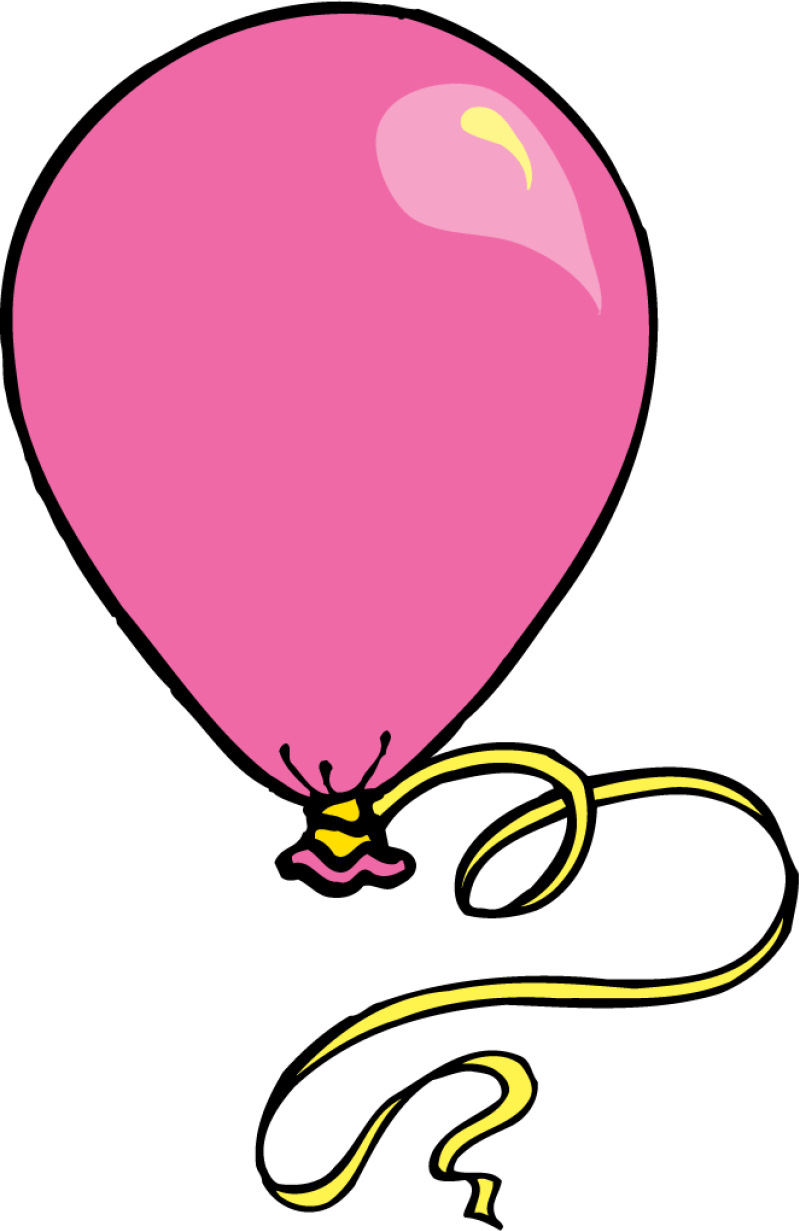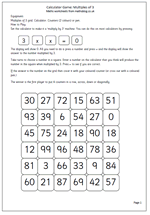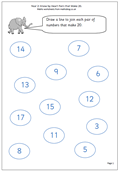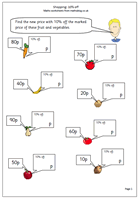This week’s resource looks at how to add larger numbers using written methods. Addition of two 4-digit numbers is usually done on paper, using the following standard method:
The method is to add the units first, put the units in the answer, and ‘carry’ the ten into the tens column. Then add the tens and continue in the same way into the hundreds and finally the thousands.
A clearer explanation is available on the first page of the worksheets, together with a page of questions, but briefly:
Looking at 5687 + 2546 the steps are:
Step 1: add the units
7 + 6 = 13
Put the 3 in the units below the question.
Then place the one ten below the answer in the tens column.
Step 2: add the tens
8 (tens) + 4 (tens) + 1 (ten) = 13 (tens)
Place the 3 (tens) in the tens column and the 1(hundred) in the hundreds column below the answer.
Step 3: add the hundreds
6 (hundreds) + 5 (hundreds) + 1 (hundred) = 12 (hundreds)
Place the 2 (hundreds) in the hundreds column and the 1(thousand) in the thousands column below the answer.
Note: there may not always be tens, hundreds or thousands to carry.
Step 4: add the thousands
5 (thousands) + 2 (thousands) + 1 (thousand) = 8 (thousands)
Place the 8 (thousands) in the thousands column.
Answer: 8233
